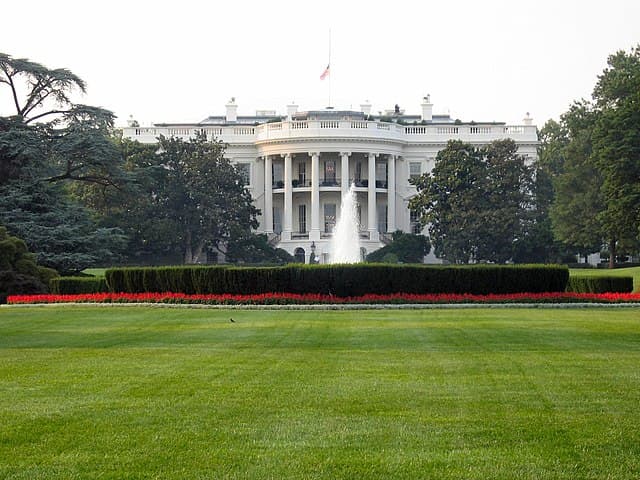The Unitary Philosophy of the Times
As Trump readies for his second term the Gray Lady comes down with the fantods over the theory of the ‘unitary executive.’

It’s back to constitutional basics time at the New York Times. A dispatch this week from the Gray Lady on President-elect Trump’s nominee to lead the White House budget office, Russell Vought, veers into analysis of the parchment — with baffling results. The paper explains that Mr. Vought “was an architect of Project 2025,” a laundry list of conservative priorities that received airtime in the presidential election, mostly from Democrats.
The Times explains that the “legal underpinning” of Project 2025 “is a maximalist version of the so-called unitary executive theory that rejects the idea that the government is composed of three separate but equal branches and argues that presidential power over federal agencies is absolute.” This is almost exactly wrong, and paints the unitary executive theory as a backdoor to monarchy rather than what it is — a guarantee of democratic accountability.
The Constitution ordains that “the executive Power shall be vested in a President of the United States of America.” That is the plain language that the Times calls the “so-called unitary executive theory.” The executive power is indivisible, concentrated entirely in the president. That is unlike the judiciary power, distributed among a host of judges, or the legislative, divided amongst hundreds of lawmakers. The executive power is an integer and not a fraction.
The best exposition of this is from Justice Antonin Scalia’s dissent in the case of Morrison v. Olson, where he alone saw that independence in a prosecutor is a threat to the prerogatives of the president, who must take care that the laws are faithfully executed. Scalia argued that a unitary executive is not a threat to the separation of powers, which he avers that the Framers reckoned was the “absolutely central guarantee of a just government.”
Scalia ventures that Madison, Hamilton, and the rest “conspicuously and very consciously declined to sap the Executive’s strength in the same way they had weakened the Legislature: by dividing the executive power.” Instead, the Constitution’s conception of the presidency “does not mean some of the executive power, but all of the executive power” is vested in the president. That is “the inexorable command of Article II.”
The way to look at the Times latest is in the context of the paper’s almost obsessive annoyance with — or even fear of — the Constitution. It has been wringing its hands over the Constitution for years. Last year, the paper asked presidential candidates what they thought of the unitary executive, which it called “an expansive interpretation of presidential power that aims to centralize greater control over the government in the White House.”
A piece last year wondered if “one of the biggest threats to America’s politics might be the country’s founding document.” An op ed from the law professor Sam Moyn argued that “the Constitution is broken and should not be reclaimed.” We’ve called the paper’s opinion pages “an obituary section where the departed is the United States Constitution.” Which brings us back to the ruckus over the unitary executive.
The point of vesting all of the executive power in the president is not to heighten the possibility of elevating a new Plantagenet. It is to ensure that when the American people vote, their choice has consequences. That is why the Nine held in 2020 that “the entire ‘executive Power’ belongs to the President alone.” Nothing would blur the notion of three separate branches of government more than a weak executive whose power is lost to its sister branches.
That same separation of powers is what trips up the Times, but it is a telling instance of constitutional confusion. Mistaking a feature of American government for a bug of creeping authoritarianism is a blunder that could have baleful consequences. It is the same species of error that sought to disqualify Trump from the ballot in the name of democracy. There are checks on the president, rendered all the more potent by the president’s power in the executive.

